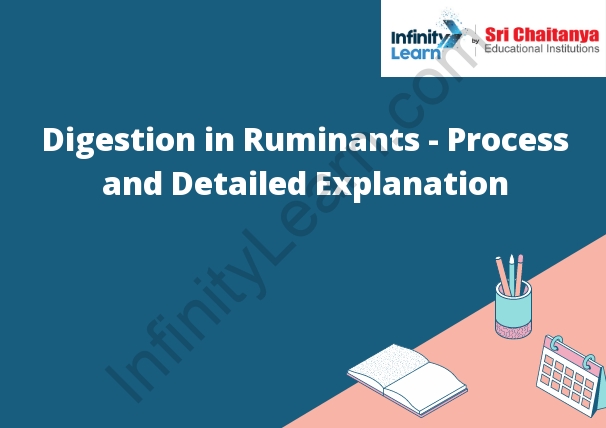Table of Contents
The Process of Digestion
The digestive process begins with the ingestion of food, which is then broken down into small pieces by chewing. The food then moves down the esophagus and into the stomach, where it is mixed with digestive juices and broken down further. The food then moves into the small intestine, where the absorption of nutrients takes place. The remaining waste products are then excreted from the body.

Rumen Digestive System
The rumen is the first and largest of the four stomach compartments in a ruminant. The rumen is a fermentation vat in which bacteria, protozoa, and fungi break down cellulose and other plant materials into volatile fatty acids, which the animal can digest.
The Omasum
The Omasum is the third section of the cow’s stomach. It is a small, triangular shaped organ that is located near the entrance of the stomach. The Omasum is responsible for extracting the maximum amount of nutrients from food. The food is then passed on to the fourth section of the stomach, the Abomasum.
The Abomasum
The abomasum is the fourth and last stomach of a ruminant. It is located on the right side of the animal, and is the most muscular stomach. The abomasum functions as a true stomach, digesting food with acids and enzymes.
Explain in detail :
The main idea behind the law of diminishing returns is that, as you add more and more of a factor of production to a given amount of output, the extra output from each extra unit of the factor will eventually decline.
In other words, at some point the additional output you get from each extra unit of the factor will be smaller than the output you got from the previous unit. This is known as the law of diminishing returns.
There are a few reasons why the law of diminishing returns might occur. One reason is that, as you add more and more of a factor of production, the cost of adding the next unit of the factor will start to increase.
This is because there might not be enough of the other factors of production to go around, or because of the increased amount of waste and pollution that might be created as the number of units of the factor increase.
Another reason for the law of diminishing returns is that, as you add more and more of a factor of production, the extra output you get from each extra unit of the factor might start to be used up by things like increased competition or the need to invest in more capital equipment.






